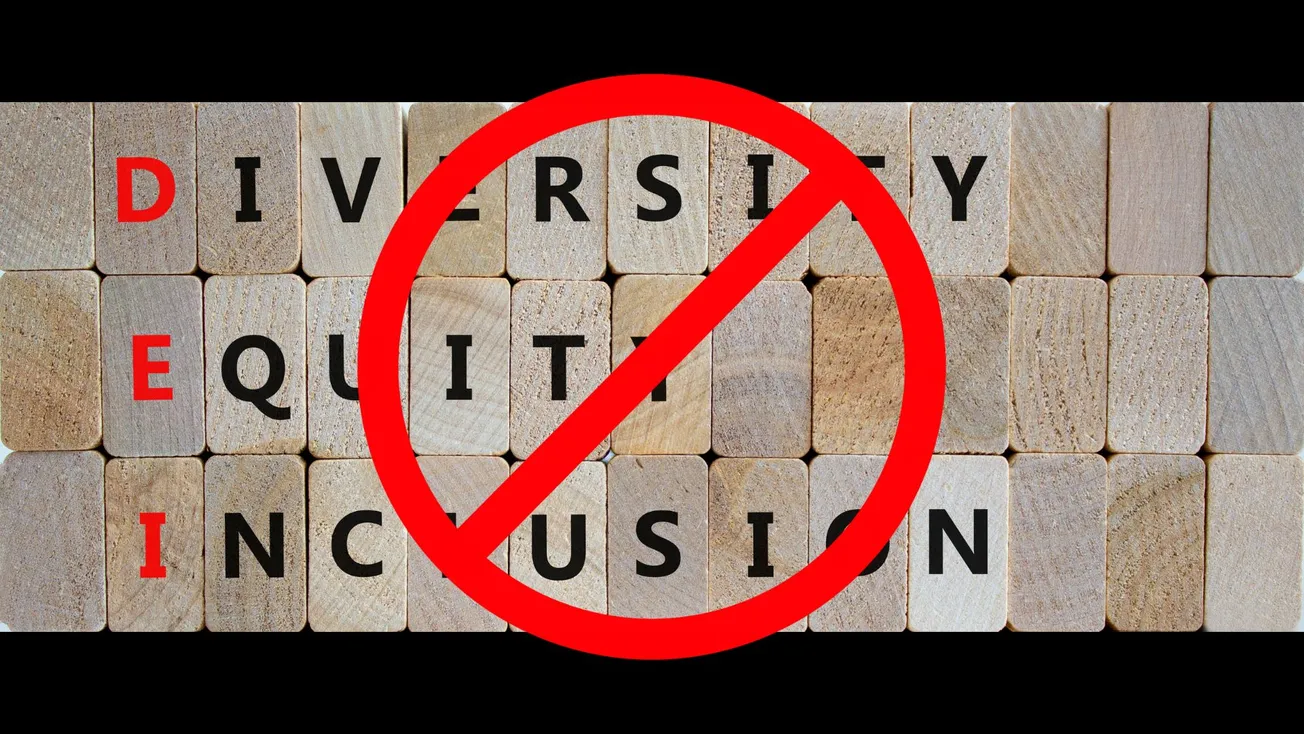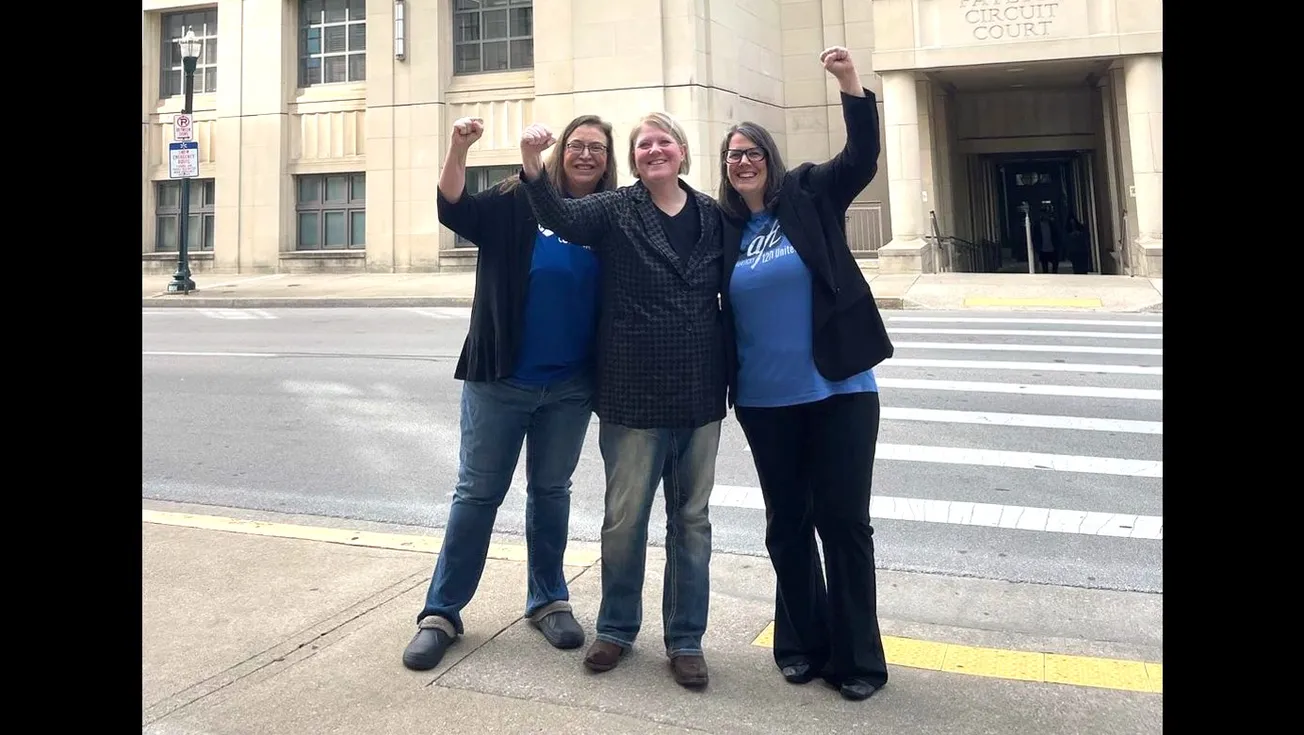As a former multicultural educator, my antenna went up when I heard about anti-DEI legislation proposed in Kentucky: SB 93 for K-12, plus SB 6 and HB 9 for higher education. In short, DEI refers to programs addressing Diversity (people from the rainbow of sub-cultures), Equity (fairness, equal opportunity, and justice), and Inclusion (belonging and feeling valued). As I look at each of these concepts, I can’t imagine having a problem with any of them. So I set out to investigate the objections, and here’s what I found. (Although I focus primarily upon higher education, many of the principles apply to K–12 as well.) Kentucky legislators were heard repeating the following myths:
Myth: DEI programs raise the cost of tuition.
First, tuition is set by the Kentucky Council on Postsecondary Education. Their web site illuminates the issue well: “[S]tate cuts to higher education over the last decade have shifted a larger portion of college costs to students and their families.”
Further, tuition cost is impacted by a multitude of factors, like increased operating costs and a shift in the burden of higher costs to families, who are encouraged to take on student-loan debt. There are also capital projects, including facilities to accommodate increased student population, as well as increased research and program offerings (including DEI), which respond to the needs of a changing society and technological advancements and make Kentucky’s universities competitive.
Naturally, there is an interest in faculty salaries. At the University of Kentucky, for example, top salaries are not for DEI employees, but for top administrators and athletic coaches, ranging from $400K to $1.7Mil. Salaries for DEI faculty range from $50–105K, with a few outliers being more — but still below $400K. Most importantly, all staff appear to wear multiple hats, with their DEI role being one. This suggests that cutting DEI programs may have little if any impact on faculty and salaries, thus little effect on tuition cost.
Myth: Public universities are bastions of liberal indoctrination.
Although this makes a great conservative rallying point, this assumption has been debunked by research. As conservative Matthew Woessner of Penn State observes, “[Our] results do not paint a picture of conservative students under siege.”
One explanation for this myth stems from the erroneous idea that the term “liberal” in Liberal Arts Education means the same as the word “liberal” which is opposite from a “conservative” political ideology, and thus should be attacked. But “liberal” in academia comes from the Latin “liberalis,” which means “relating to freedom,” as in thought.
This myth also assumes that 1) all professors are progressive, and 2) aren’t “professional[s] capable of divorcing their own political ideologies from their work,” says Dr. Kelly Wilz, University of Wisconsin professor.
Most important, it doesn’t accurately reflect what occurs in a classroom. (Perhaps some legislators should revisit one.) Educators present information and then, as Dr. Wilz explains, “get [students] to think critically ... not ... tell them what to think. My job is to teach them to question the validity of sources, to learn how to conduct research, and ... to question authority, even if that ‘authority’ is me.”
And what about the students? Dr. Wilz asserts, “[This] presumes that students are so gullible and incapable of free thought, professors can shape their minds.”
Myth: DEI stifles free speech.
Dr. Wilz articulates that, in a classroom, all voices are welcome – but not all ideas have merit. Students are expected to defend their positions with evidence; if they cannot, they may sense pushback from other students “because they have not survived the challenge of scrutiny. The resistance I see is from people who can’t take that scrutiny and who can’t defend their ideas,” she says.
That is Democracy with a capital “D” in action.
In contrast, anti-DEI legislation threatens to illegalize a wide swath of speech in favor of a conservative worldview – hardly democratic. Legislators can’t claim to support Free Speech while banning speech they disagree with.
“Legislators can’t claim to support Free Speech while banning speech they disagree with.”
– from the comments
Myth: DEI programs cause division.
The argument here is that diversity programs focus upon our differences and thus divide us, sometimes causing reverse discrimination of white heteronormatives. But there is not substantive evidence of this – just a boatload of conservative rhetoric plus an anecdote here and there.
In fact, a 2023 Pew research poll of employees in a traditional work environment found that 56% felt DEI initiatives were a good thing – not divisive.
My experience has also been completely opposite of the myth. People who learn about cultural differences experience empathy, which produces insights and better understanding of the sub-group, thus leading to respect and improved relationships. Think about how you respond differently to a person on the autism spectrum once you learn more about it.
The most basic form of Diversity Training (DT) is teaching an accurate, unvarnished history of American sub-cultures. Kathryn Wiley, a white professor from Howard University, eloquently explains her reaction to learning a more detailed African-American history: “[M]y entire understanding of this country changed. ... I gained significant respect and reverence for communities of color. ... It made me more committed to our democratic ideals and to building community. ... It made me feel a healthy sense of responsibility to those different from myself.” Wiley indicates that if others could have this experience, they would have a renewed sense of civic responsibility.
Which brings me to Rebekah Keith, the white UK student who gave testimony to the legislature about feeling discriminated against: Her testimony was remarkable evidence of the need for DT; for had she experienced it, she would likely be able to demonstrate the insights and understanding necessary for the job that requires “relatability to non-whites.”
In conclusion: Legislators, where is your evidence of harm caused by DEI? (A handful of anecdotes does not a pattern make.)
Looking ahead: the broader white supremacist conspiracy
Many conservatives have bought into the anti-DEI rhetoric popularized via conservative media outlets without realizing its origins in white supremacist ideology. I’ll examine that in the next installment.
--30--
If you are concerned about the use of these myths to attack public education, contact your legislator and ask them to turn aside the myths and focus on supporting public education, at all levels.








